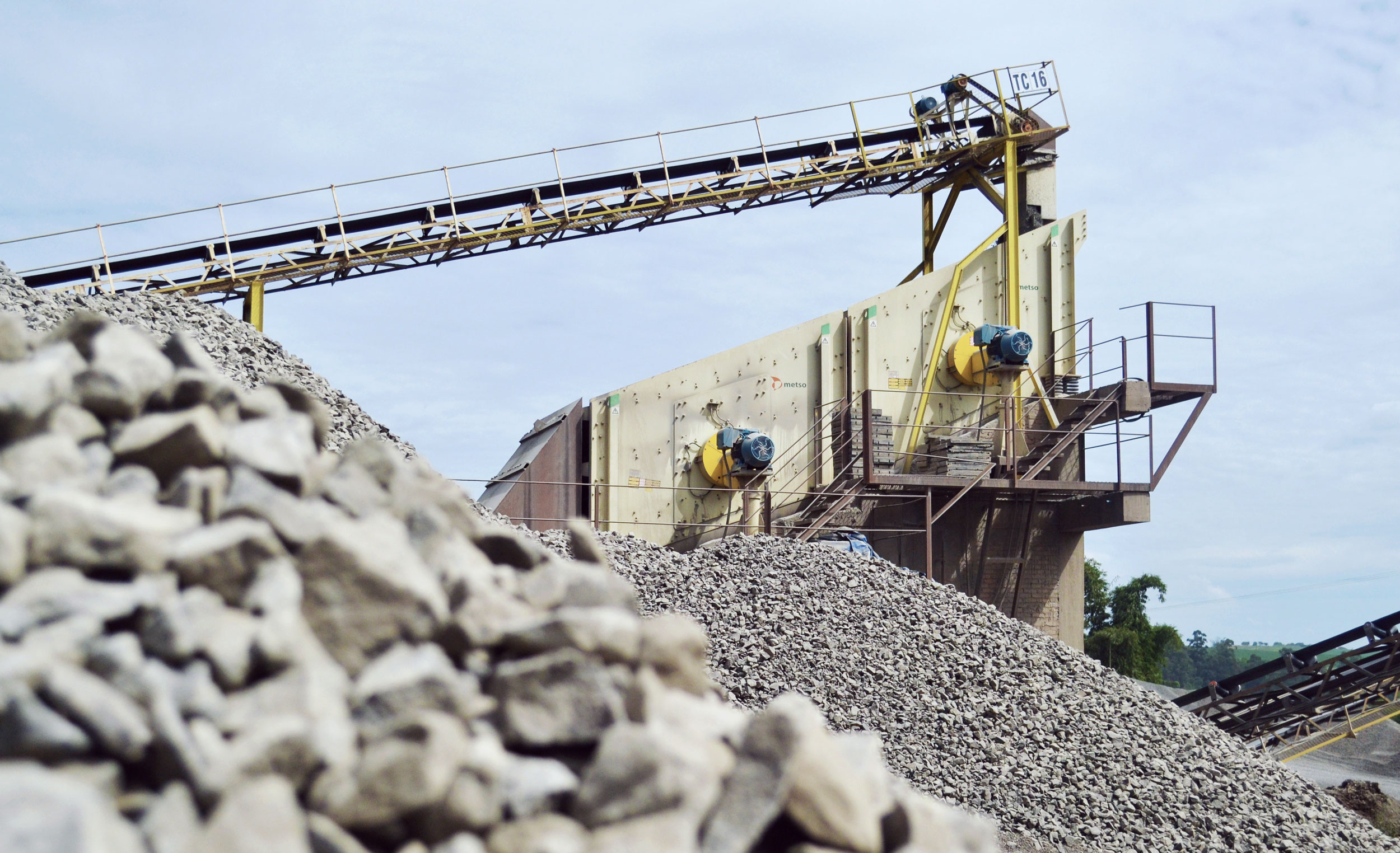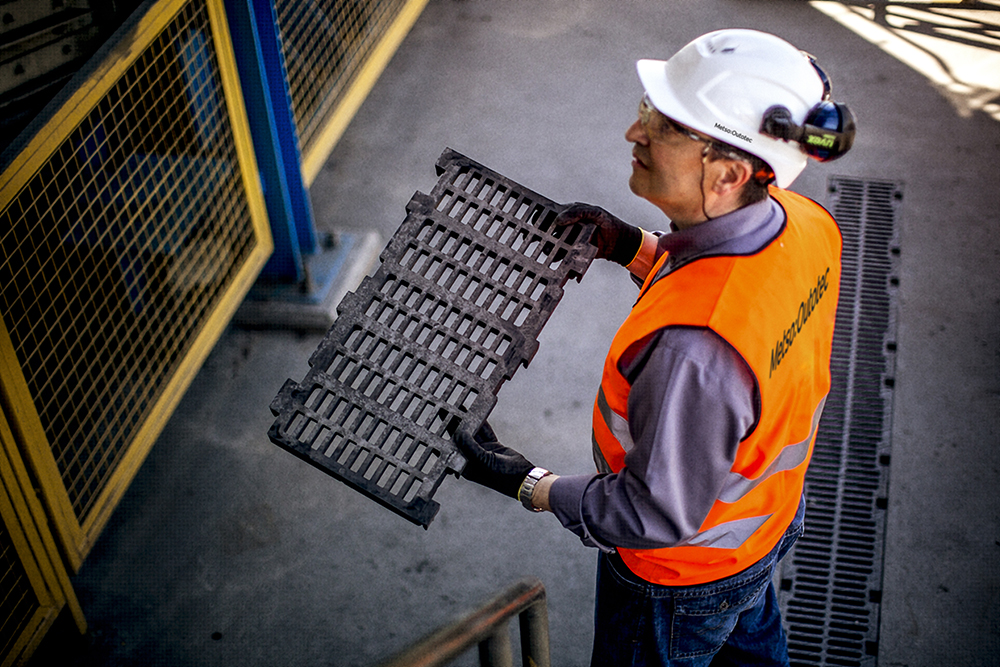(TIP 1) First you need to measure
An ideal screen would theoretically work with an efficiency index in the 90% range. This means that the rate of return, that is, the amount of material that recirculates in the process, is only 10%. To measure efficiency, therefore, we need to assess the percentage of incorrectly sized particles: materials that are outside the particle size range established by managers for production. The measurement of screening efficiency is done by recording the amount of material that feeds the screens and the amount of materials retained in each deck. The procedure for analysis is simple: just collect 1m of material on the retention belt and weigh, in the laboratory, pass the material through a screen with the same opening as the screen on the deck, weigh the passing material and divide by the total weight of the sample, you will have the percentage of incorrectly sized particles present in the sample.
(TIP 2) Analyze the feed of the screens
When the percentage of incorrectly sized particles in the product is very high, it may be the case to look at the previous steps, including feeding. Changing the screening media of the first deck, for example, can relieve the second deck and improve screening performance. Direct feed to the screen is a common mistake in many quarries and efficient operations always have a feed box to even out the feed. Poor distribution also affects efficiency, as does a very fast feed flow, which does not allow stabilization of the material in the screening area. Amplitude is another point of attention: if the material is jumping a lot or being thrown out of the screen, for example, the amplitude will be high. A good feed allows for faster passage of fine materials right at the beginning of the deck, which should make the screens on the second deck, closer to the feed, receive more material and wear out first. If the wear on the second deck is concentrated more in the center of the screen, the feed process may be to blame.

